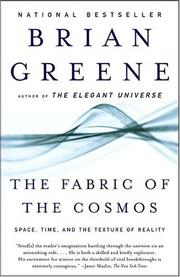Now going back to my usual education topics, let me explain to you one of my favorite theories in learning and psychology---Gestalt Psychology. From the name itself, I really find the theory mysterious and enigmatic. Some education students wonder how this theory applies to education when in fact most of the classroom practices most teachers do are rooted from this theory.
Gestalt psychology is a holistic approach to learning that emphasizes the entirety rather than individual parts (The whole is greater than the sum of its parts is the cliche of this theory but the original phrase is "the whole is other than the sum of the parts"). According to this theory, the brain thinks in whole, in parallel, in analog, and with self-organizing tendencies. This implies that learning is consists of the grasping of a structural whole and not just a mechanistic response to a stimulus. Learners are viewed as active participants, restructuring information they perceive in order to understand it.
Gestalt psychologists suggests that learners' perception is guided by principles or laws. These are:
Law of Proximity
Law of Pragnanz
Law of Similarity
Law of Continuity
Law of Closure
Law of Figure/Ground
 |
| Foreground tend to be perceived and paid attention first. A stimulus will be perceived as separate from its ground. |






Those were lovely illusions(if we can say that) with explanation.
ReplyDeleteI have seen many such images like those of parallel lines which
This comment has been removed by the author.
ReplyDeleteCan't wait for your next post, re: application of the said theory in the teaching and learning process :D
ReplyDeleteHi there.
ReplyDeleteI am a junior class teacher of grade 2.I have been searching for such type of information. Fortunately I found your article.
The links provided are really very informative.
Thanks for sharing
Wow what a Great Information about World Day its very nice informative post. thanks for the post. Juana I de castilla
ReplyDelete